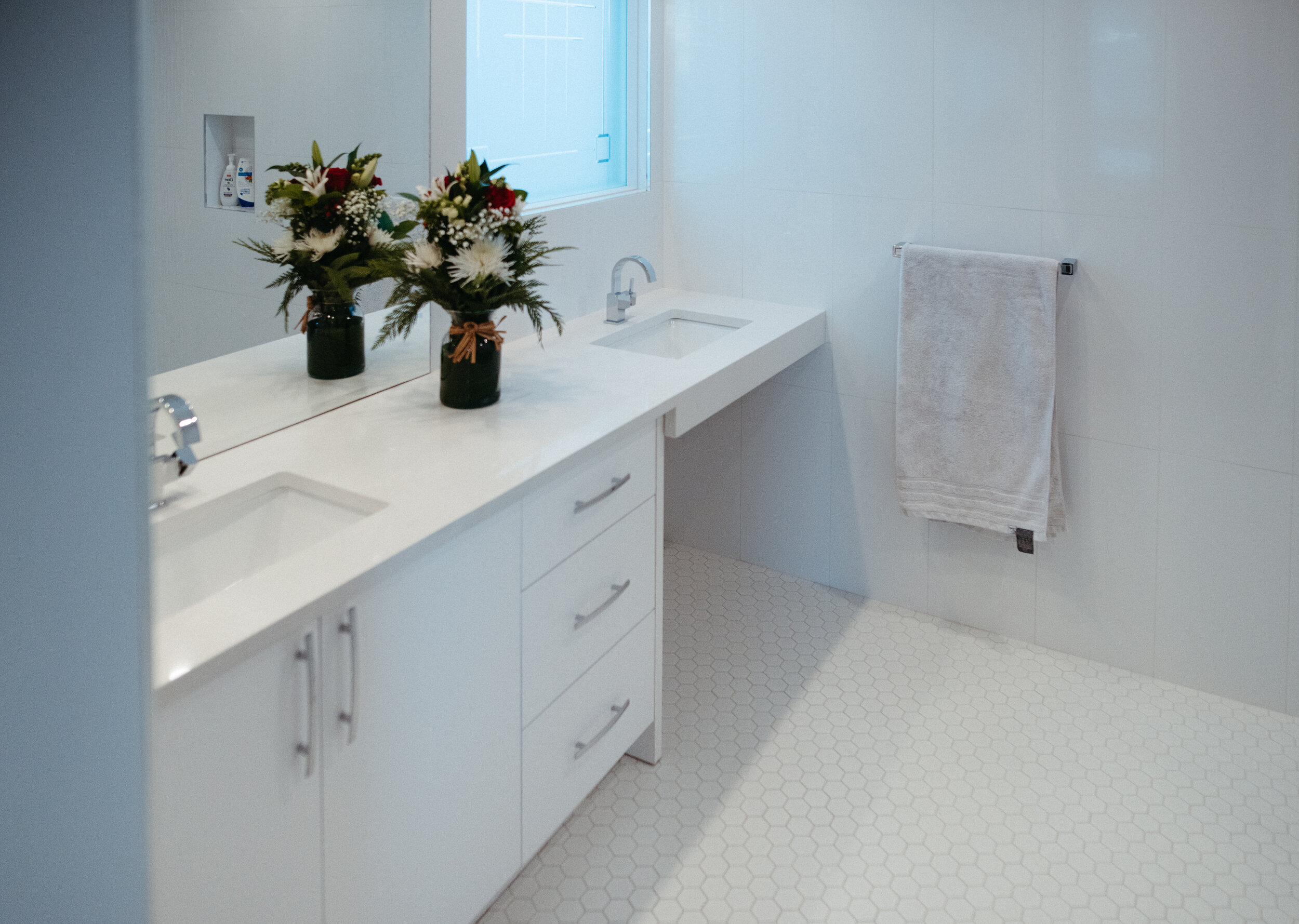With the intention to create accessible homes that don’t sacrifice appeal, SHIFT is changing the way we look at the universality of design.
By, Sama Nemat Allah
In 2018, Josh Peill and Griffin Simony recognized an exclusionary gap in the world of construction: living facilities lacking accessibility were abundant but contractors with the experience to remedy them were scarce.
With this knowledge, SHIFT Accessibility was born, bringing to fruition a team of professional contractors with the drive to make homes and businesses accessible for all.
Based out of Calgary, SHIFT co-founders Peill and Simony have taken their innovation and experience to launch their organization to the forefront of the world of universal design (UD). A growing importance in the industry, UD advocates for the development of physical and virtual spaces that meet the functional and aesthetic needs of those who operate and interact with them.
“We work and specialize within accessibility and UD,” said Simony. “That means that when someone is having challenges or is encountering barriers in their home, we go in to figure out a solution for them through modifications and renovations...implementing those changes to make their home safer and more comfortable.”
Kim Fullerton using her sink following a SHIFT renovation on July 21, 2020. (SHIFT/Griffin Simony and Jackie Kalcheva)
By eliminating barriers and enhancing pre-existing spaces, UD produces buildings, homes and institutions that can be effectively understood by all its users. With its capacity to institutionally change the way we construct spaces, UD is considered to be one of the most revolutionary elements of design.
“If you have stairs and a ramp, that’s not actually universal design because someone who has a mobility device uses the ramp while people who do not, would most likely use the stairs,” explained Simony. “So people aren’t using the space in the same way.”
Instead, a universally designed building would possess a manipulated landscape that runs up to the door, with no stairs or steep inclines to overcome. Everyone can then “interact with that space in the same way.”
Approximately 22 per cent of Canadians aged 15 years and over have at least one disability, according to the 2017 disability report by Statistics Canada. Despite the prevalent need for accessibility everywhere, SHIFT noticed that too many spaces were built without the disabled community in mind, including senior assisted living facilities. This became especially noticeable by Simony after a personal experience with his grandparents.
“When I moved here, they were living in their home but could no longer live there independently without a lot of help,” said Simony. “They ended up living in an assisted living facility but even once they moved in there, they were encountering so many obstacles and barriers as well.”
For Peill, creating SHIFT was the obvious path to take in his construction career. Growing up with a family who was heavily involved in supporting the disabled community, he felt inclined to take his experience in construction and apply it to a more meaningful and purposeful endeavour.
The founder’s highlight that homes do not need to look institutionalized or unattractive in their venture to be accessible.
A SHIFT-renovated bathroom with accessible features, Jan. 5, 2020. SHIFT proves that accessibility doesn’t have to institutionalize spaces. (SHIFT/Griffin Simony and Jackie Kalcheva)
To help them intersect appealing design and accessibility, Peill highlights organizations like HealthCraft, a fall prevention company that designs and manufactures support products like shower stools and grab bars. These tools integrate within spaces to create aesthetically pleasing and functional bathrooms, bedrooms and common areas.
“Fixes like grab bars are universally looked at as something that institutionalizes a space or makes it look like a hospital—something that has to be there rather than something you want to be there. So these products help achieve certain supports within a space without compromising the aesthetic.”
Another means by which SHIFT ensures accessibility in their structural design is by creating open floor concepts. This allows for optimal movement within spaces that isn’t impeded by narrow hallways or doorways, improving the overall accessibility without forgoing visually appealing conditions.
“Even the installation of elevators within a home is both awesome and effective for members of the disabled community,” said Simony.
Through SHIFT’s installation of the feature on July 10, 2020, this elevator turned an inaccessible home into one that can be easily maneuvered by members of the disabled community. (SHIFT/Griffin Simony and Jackie Kalcheva)



